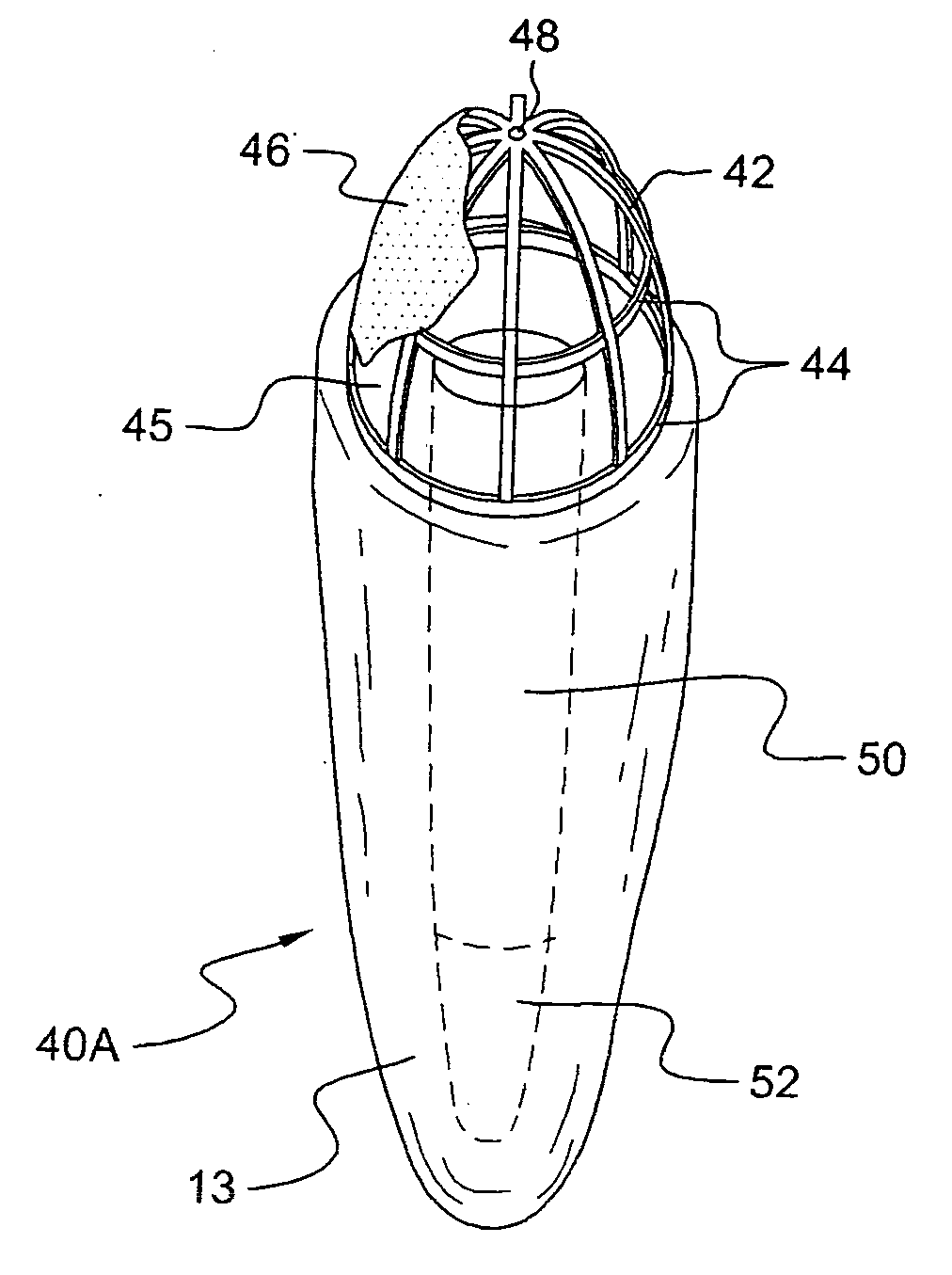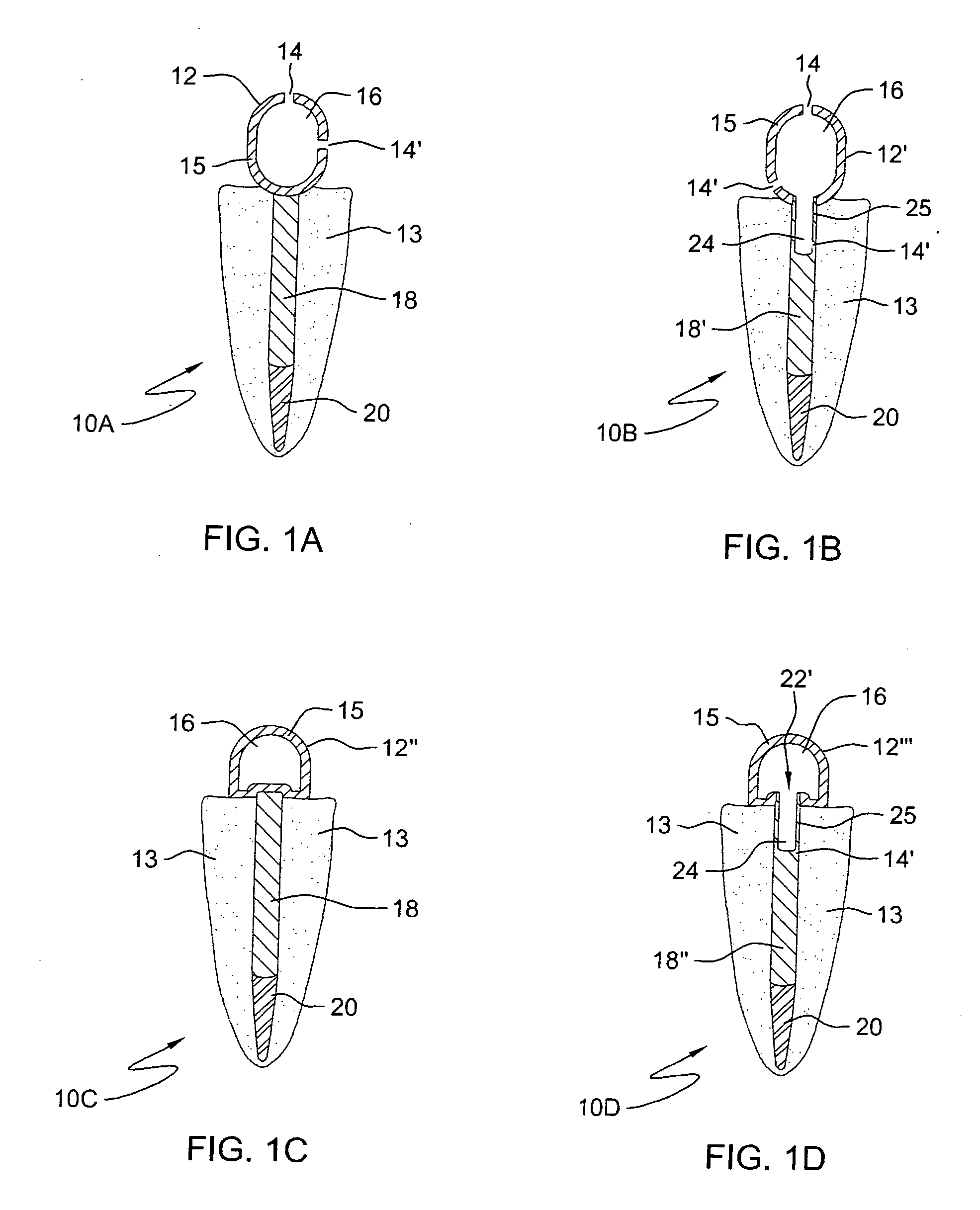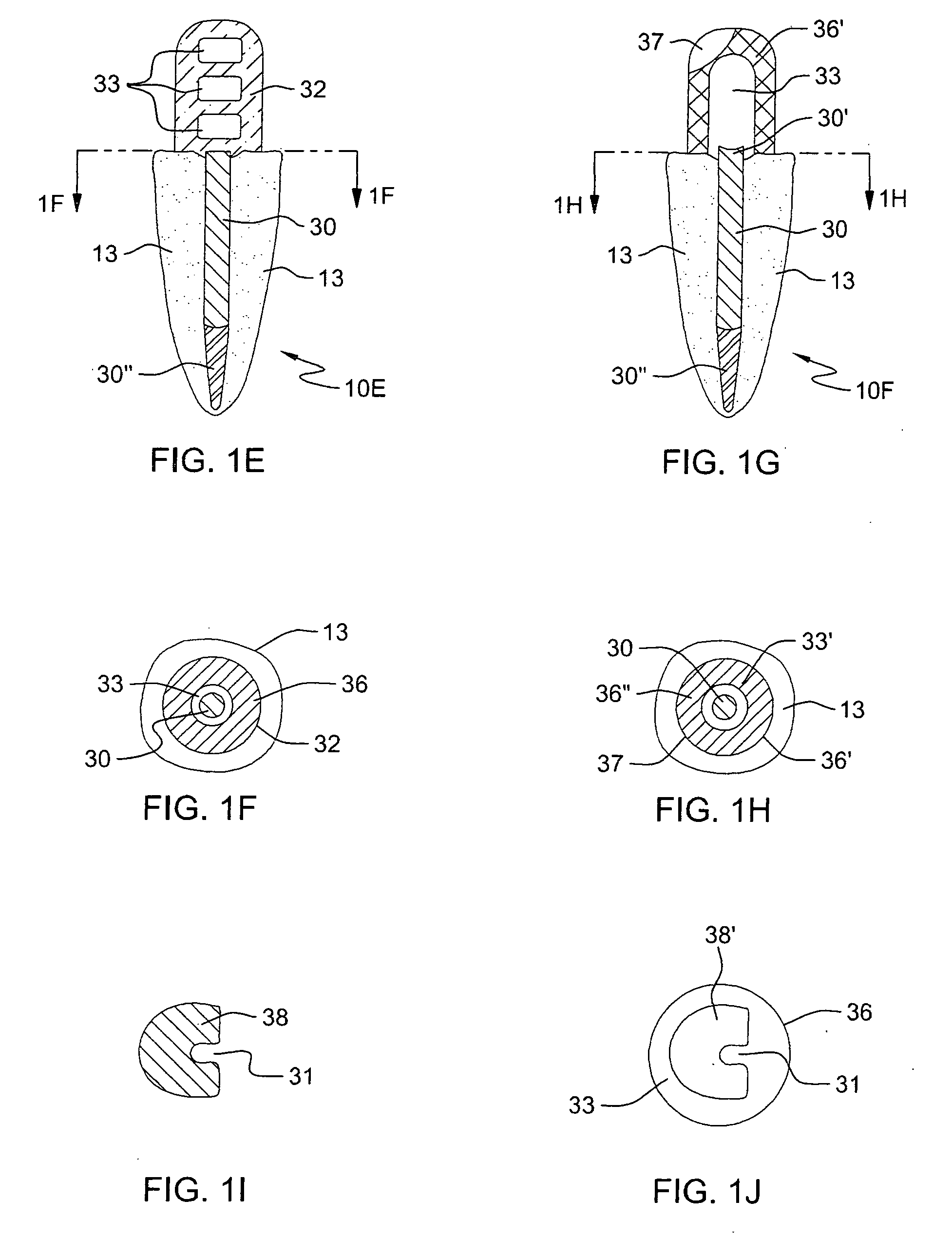Force redirecting dental core system
a technology of dental core and force, applied in the field of endodontically treated teeth restoration, can solve the problems of increasing the probability of fracture, increasing the risk of fracture, so as to reduce the likelihood of fracture and improve the distribution of forces and stresses
- Summary
- Abstract
- Description
- Claims
- Application Information
AI Technical Summary
Benefits of technology
Problems solved by technology
Method used
Image
Examples
Embodiment Construction
The following is a detailed description of example embodiments of the disclosed technology depicted in the accompanying drawings. The example embodiments are in such detail as to clearly communicate the disclosed technology. However, the amount of detail offered is not intended to limit the anticipated variations of embodiments. On the contrary, the intention is to cover all modifications, equivalents, and alternatives falling within the spirit and scope of the invention, as defined by the appended claims. The descriptions below are designed to make such embodiments obvious to a person of ordinary skill in the art.
Natural, vital human teeth have only low-density soft tissues in the chamber and root, i.e., pulp with blood vessels and nerve tissue. The natural top of the chamber, or crown, comprises a layer of enamel enveloping a dentin shell about the upper chamber with pulp, etc. The natural crown and root so formed is designed to deflect and redistribute mechanical energy and / or fo...
PUM
 Login to View More
Login to View More Abstract
Description
Claims
Application Information
 Login to View More
Login to View More - R&D
- Intellectual Property
- Life Sciences
- Materials
- Tech Scout
- Unparalleled Data Quality
- Higher Quality Content
- 60% Fewer Hallucinations
Browse by: Latest US Patents, China's latest patents, Technical Efficacy Thesaurus, Application Domain, Technology Topic, Popular Technical Reports.
© 2025 PatSnap. All rights reserved.Legal|Privacy policy|Modern Slavery Act Transparency Statement|Sitemap|About US| Contact US: help@patsnap.com



